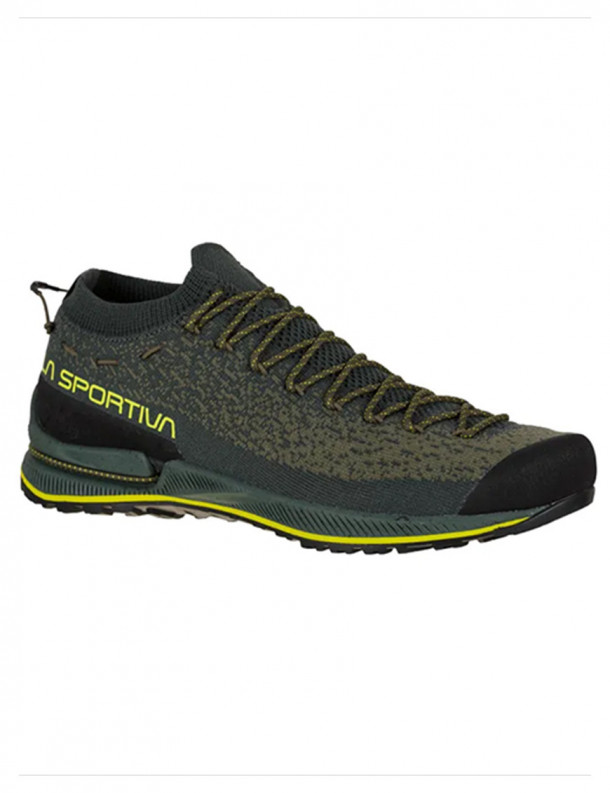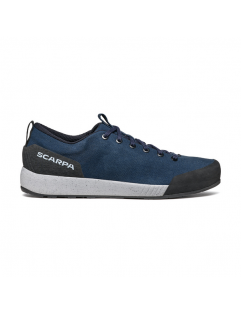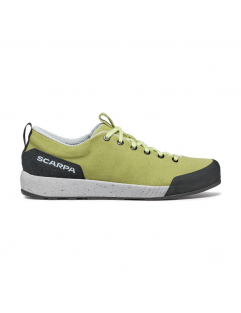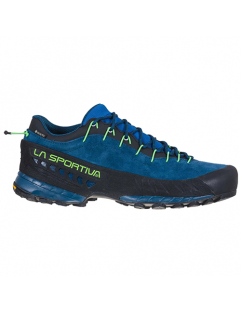Active filters
mens-approach-shoes
Scarpa - Spirit - Blue/Gray - Men's Approach Shoesmens-approach-shoes
Scarpa - Spirit - Grass/Gray - Men's Approach Shoesmens-approach-shoes
La Sportiva - TX4 GTX - Opal/Jasmine Green - Men's...
Mens Approach Shoes
Our main focus always goes to the act of climbing, what gear is necessary to get up the project—climbing shoes, harness, rope, hardware, helmet, chalk—that we often forget what’s helpful for actually getting to the climb. The approach can be anything from a short hike to the crag or a multi-day scramble to a valley of granite towers and anything in between. No matter what, the best approach shoes combine the stability and support of a hiking boot with the grip and dexterity of a climbing shoe. Before buying a pair of approach shoes, it’s important to have an understanding of the materials keeping you stuck to the stone:
Outsole: The knobs on the sole of the shoe dig into the dirt for grip on trails. A shallow dot pattern creates more contact between the rock and rubber, so they smear better on slabby stone.
Midsole: The main shock absorber that reduces impact on the trail. 2 main materials are used for this part of the shoe, polyurethane foam (PU) and ethylene vinyl acetate foam (EVA). PU is dense and strong, with a longer lifespan than EVA, but it isn’t quite as soft. EVA is lighter and cushier but less durable.
Drop: This describes the difference in “stack height” (material between the bottom of your foot and the ground) at your heel and forefoot. The smaller the drop, the more minimalist the shoe, and the more you’ll feel the ground beneath your feet, which is good for approaches that require precise and technical movement. Hiking boots and traditional trail runners have a higher stack height and drop, which offers more cushioning and support for heavy loads.
Forefoot Plate: A high density foam or plastic piece providing additional support and protection for the ball of your foot.
Heel Wedge: A midsole component that absorbs impact during initial heel strike.
Upper: The upper can be synthetic, leather, mesh, or some combination to offer varying degrees of water resistance, breathability, and insulation.
Footbed: Or insole, sits directly beneath your foot. This foam insert comforts and supports, adapting to your foot’s unique shape.
How to size your approach shoes
Your toes should not reach the end of the shoe, but neither should they be swimming in an overly spacious toe box.












